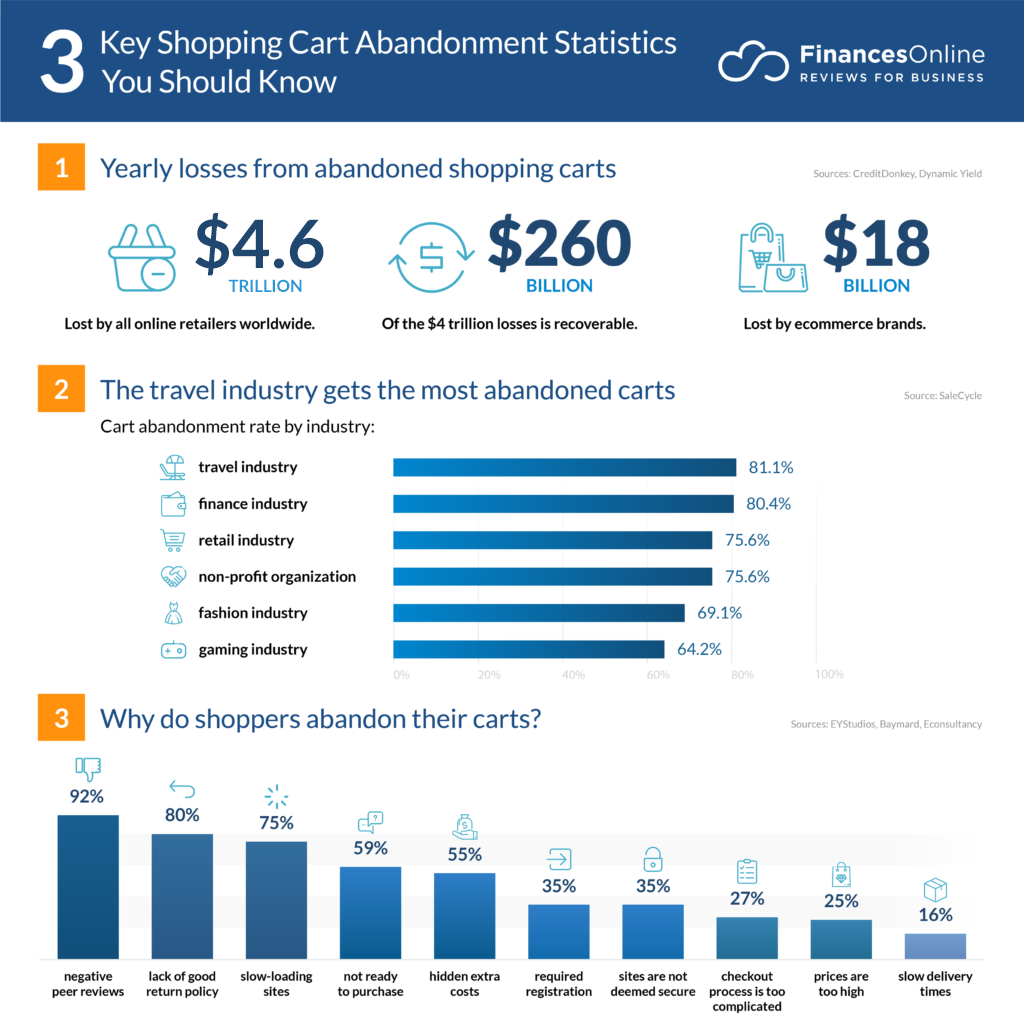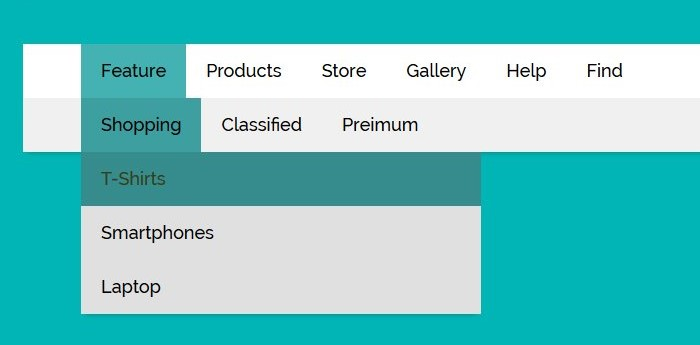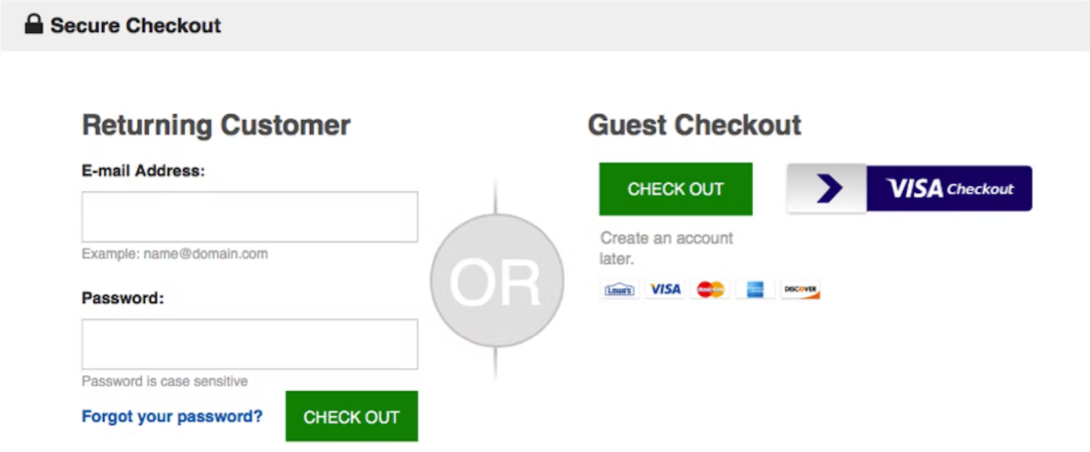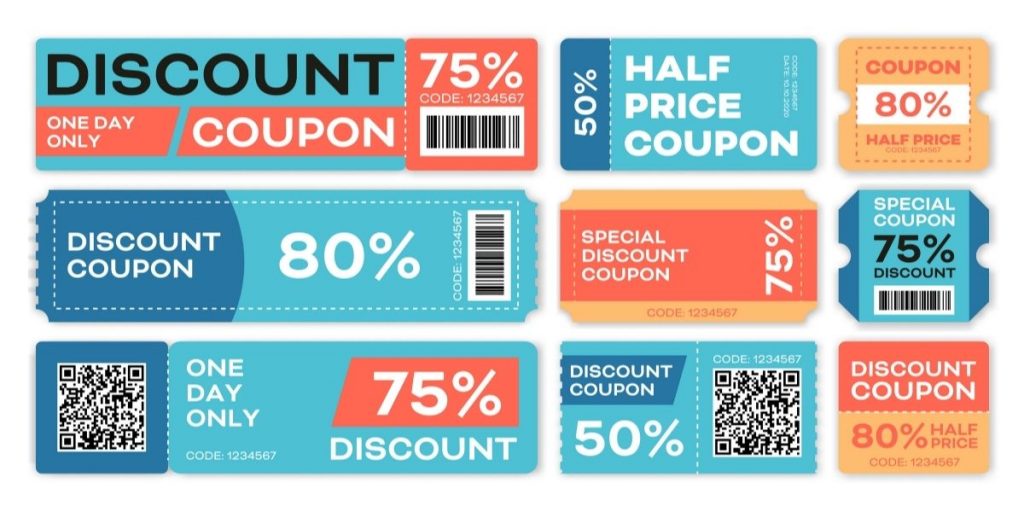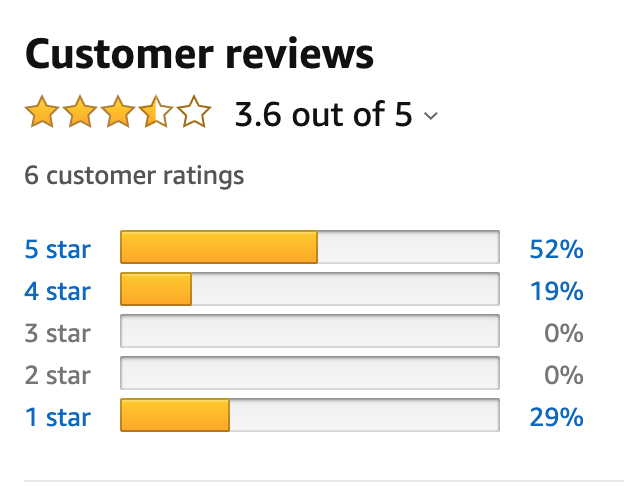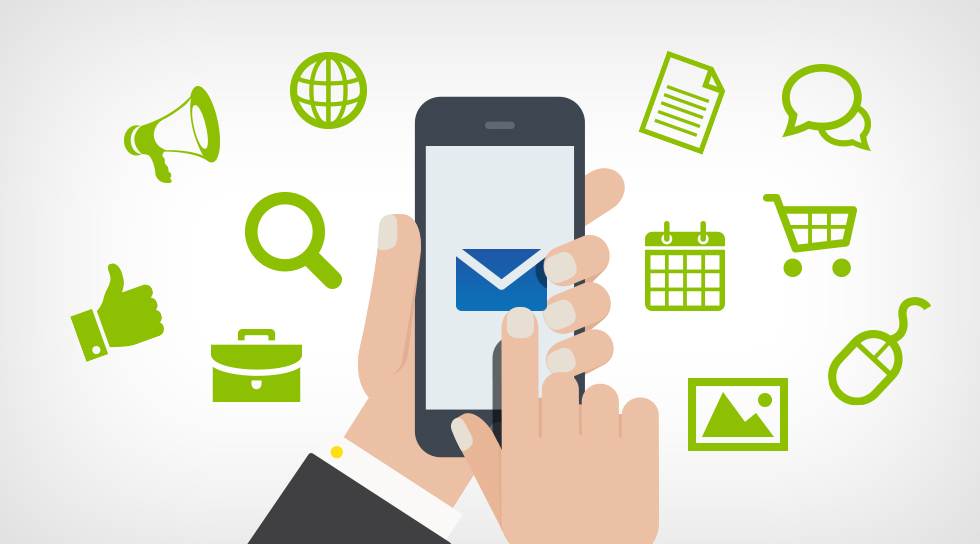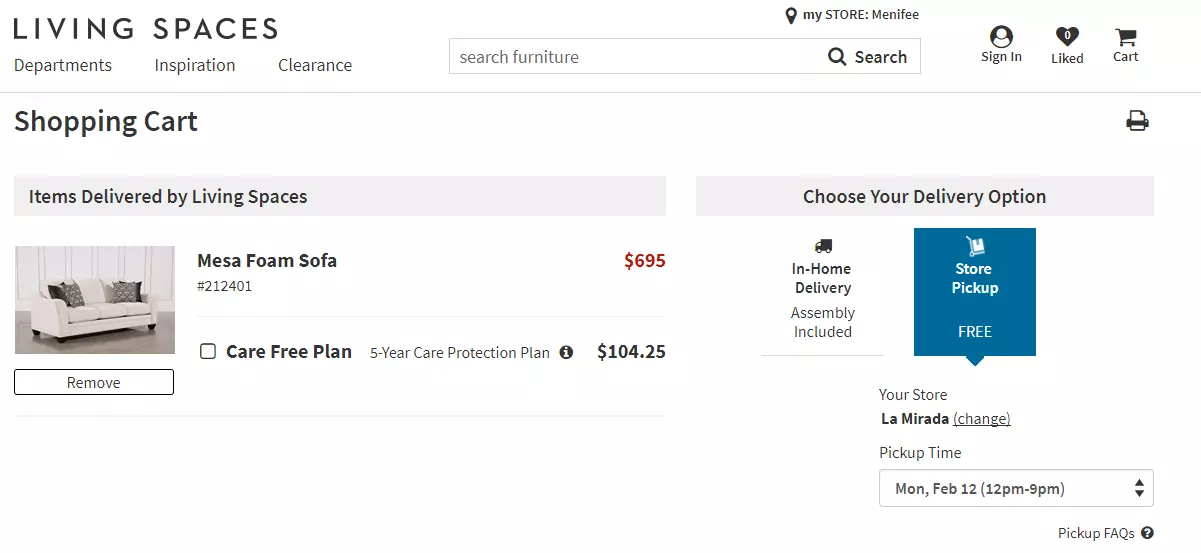Assume your consumer goes all the way to the checkout page before abandoning it due to distractions. It’s unpleasant as well as detrimental to your business.
Online carts are abandoned 69% of the time before the order is finished. On mobile, that figure rises to over 75%.
Almost all types of businesses are affected by this issue, and while some have discovered strategies to combat high cart abandonment rates, many are still stuck and have yet to find a solution.
While there are several efficient tactics to lower cart abandonment rates and recover already-abandoned carts, before effectively implementing these approaches, you must first understand the key shopping cart abandonment causes pushing your clients away.
In this post, we will go through the top reasons behind cart abandonment as well as provide a plugin in the end to solve that issue.
What is Cart Abandonment?
The word is commonly used in eCommerce to describe a circumstance in which a customer expresses interest in a product, adds it to their shopping cart, and then leaves the website without completing the purchase.
They have the option to leave the site or stop the procedure at any time, including the last step where they must pay or click the ‘Confirm’ button.
The average cart abandonment rate across all industries, according to statistics, is 69.57 percent. It equates to almost $4 trillion in missed revenues.
Because some consumers will always have a reason to leave a transaction, no organization can ever achieve a zero percent cart abandonment rate. According to 2017 research, over 59 percent of all internet users do not intend to make a purchase. They’re merely ‘online window shopping.’
Now that we understand the meaning of cart abandonment, let us take a look at the reasons behind it.
Hidden Expenses
Hidden expenses are the most common reason your visitors do not buy, ranking top in both probability and effect. Shipping costs were mentioned as the key cause for 25% of consumers’ departures.
However, you should be aware of additional hidden expenditures such as taxes or essential complementary products that have a similar impact.
These expenditures are an immediate source of frustration and displeasure. In certain situations, it might even cause buyers to feel guilty about their purchases.
While you can’t do much about taxes, you can avoid other unexpected expenses to make the process go more smoothly.
Approximately 91 percent of purchasers feel that free delivery is a wonderful motivation and may turn them into repeat customers. Similarly, 67 percent of shoppers said they would buy more things if they could get free shipping.
You may establish a threshold, such as free shipping when you spend a certain amount or more, to offset the expense of the free shipment. Companies such as Amazon and eBay employ this tactic to encourage users to spend more.
E-commerce Website Is Difficult to Navigate
A consumer discovers an item they want to buy and adds it to their shopping cart, but then becomes dissatisfied when attempting to find more things or finish the checkout procedure.
The online retail business is worth $4.28 trillion, implying a lot of competition. People may click away if your checkout procedure is complicated or if they can’t find the things they desire. Those visitors may mean to make the purchase later but forget, or they may become irritated and go on to a rival.
The following methods may be used to navigate around this issue:
- Ensure that your website loads quickly and that your call to action is clear and understood.
- Making sure that the buttons are big, easy to click, and easy to understand.
- Consider utilizing a sliding cart option so that the cart may be located at any time.
- Implementing enhanced filtering based on popular onsite searches and top categories.
The onsite experience of your customers will either prime them to convert or drive them away. Make certain that your website gives a positive user experience.
Guest Checkout
The buyer is ready to buy now, but they must first enter their email address, set a password, and then verify their email address. They become irritated or distracted and ditch their cart.
This adds difficulty to the checkout process, lowering the customer experience. Requesting that people register an account is a terrific method to learn more about your audience, but it can potentially impact checkout rates.
To lower cart abandonment rates or to make the sign-up process easier, include a guest checkout option. For example, instead of asking for their name, location, email address, and age, merely ask for an email address and a password. Alternatively, utilize Facebook or Google logins so that customers may register with a single click.
Offer Discounts and Coupons
Customers are constantly on the lookout for a good price. If your brand engages these clients, they may add an item to their basket before searching for an online coupon to obtain a better value. They become distracted, and might never return to check out.
They may utilize a coupon browser plugin like Honey if they do not leave your site to look for a discount code. If customers don’t see a code, they may opt not to convert because there isn’t a coupon available.
A frequent method for recovering abandoned carts is to remarket abandoned carts through email and give a modest discount to prospective clients. Additionally, you may offer them discounts on your site rather than by email. Make sure to keep a minimum order threshold in order to not lose out on too much revenue.
Offer Online Payment Methods
Consumer payment methods are evolving. Previously, online credit or debit cards were the most often used payment option. Shoppers may now use online wallets, cards, PayPal, Amazon Pay, Apple Pay, and dozens of other payment methods.
According to a recent survey, online businesses risk losing 42 percent of their online consumers if they do not provide them with preferred payment options.
Customers can now check out with only one click on sites like Amazon. Offering secure payment options such as PayPal, Amazon Pay, Apple Pay, and others make customers feel safer and speed up the payment process.
Customer Hijacking
The Customer’s Journey Hijacking is a common problem that preys on consumers’ hesitations and may severely harm your sales figures.
This issue affects between 15% and 25% of customers, particularly active online shoppers, with ad injectors being inserted into their devices or browser.
When a hijacked customer enters your online store, their browser shows tailored adverts, which frequently promote the items of your rivals. Customers are directed away from your page and toward your rivals by these advertisements.
With software such as jscrambler and Namogoo’s Customer Journey Hijacking Prevention, you can prevent customer journey hijacking by restricting ad injections on your website.
Security Concerns (Payments and Personal Information)
Customers are hesitant to reveal any of their personal information online because they believe their personal information is in danger. In the event of making an online payment, just a few consent to submit their payment data, while the majority have payment security concerns, causing them to opt out of the transaction.
Shopping cart abandonment has a direct influence on online businesses, thus actions must be taken to minimize, if not completely eliminate, the likelihood.
The simplest way to ensure clients that you are a trustworthy shop is to use numerous types of social evidence. This procedure should be included in the process of optimizing product pages.
Make use of client testimonials, product reviews, and endorsements. Provide complete contact information, such as a phone number, as well as the faces and biographies of you and your employees.
All of these elements communicate to your consumer that they are dealing with a real person who is concerned about their experience and will protect their personal information.
Lack of Customer Reviews
A buyer adds an item to their cart but then questions if it is the correct size or of excellent quality.
Perhaps they are curious as to whether the item would break after only a few usages, or how the material feels. They go to the review part to clear up any confusion. Most customers consider a lack of reviews to be a warning sign.
Reviews serve as an indication of trust. However, these user-generated bits of social proof are utilized to construct a more realistic mental picture of the product in addition to helping clients feel confident in their purchase.
Displaying customer evaluations can boost conversion by up to 270 percent, particularly for “riskier” products like high-end or wearable things.
Lack of Shipping Options
Consider this scenario: a consumer adds an item to their basket, is ready to check out, and then discovers the item won’t arrive for days or even weeks.
Customers are accustomed to expecting quick delivery times. If your store only provides standard delivery (which might take five or more days), you may lose customers who need their deliveries sooner.
Offering expedited delivery at a greater rate allows customers to acquire their goods sooner without increasing their expenditures.
Currency Differences
Even seemingly insignificant changes in the sales process, such as presenting pricing in a different currency, might raise cart abandonment rates.
Customers may be confused about whether the website ships to their region, be concerned about foreign shipping prices, or be unsure how to convert the pricing to their local currency. Because this is a source of friction, the UX is inadequate because it does not tailor the customer’s experience onsite. They leave their cart as a result.
Using dynamic pricing and website customization may make clients feel at ease, even if you’re halfway around the world.
Mobile Optimization
Mobile shopping is becoming more popular. Mobile Commerce accounts for more than 70% of the online retail industry, which means that if your site isn’t quick and easy to access on mobile devices, you may be losing a lot of money.
Although the majority of themes and eCommerce site builders are mobile-friendly, certain components may not be suited for smaller displays. Ensure that buttons are visible on tiny displays, that form fields are required, and that auto-fill forms are available wherever possible.
This eliminates friction for mobile users and encourages them to finish their transactions.
Unrefined Return Policies
Customers want to feel safe when they make an online transaction. A comprehensive return policy allows them to readily return an item if it does not fit, does not meet their expectations, or just does not work for their purposes.
Provide a solid, well-defined return policy so that customers may buy with confidence. Including good images and 360-degree views might also entice people who want to touch and experiment with things before making a purchase.
The next reason may not be for everyone but provides the customer with an alternative option that they might need.
Pickup-at-Store Option
Despite the popularity of online shopping, some customers prefer to purchase in person. They may browse around for the greatest price or evaluate other models or varieties, but they intend to shop in-store.
Regardless of in-store shopping intentions, a lot can happen between the customer’s internet experience and their in-store visit.
You may provide a “purchase online, pick up in-store” option to clients to give them the best of both worlds.
Online consumers have the option of having their product mailed to them or processing their order online and picking it up at the local retail location.
They profit from the ease of internet purchasing and the immediate satisfaction of in-person shopping; your team benefits from making the transaction quickly rather than risk losing the consumer.
Conclusion
The challenges mentioned above are only a handful of the many that face online businesses with cart abandonment.
Sending abandoned cart reminder emails is an excellent approach to entice customers to return to their prospective purchases, allowing your company to enhance its online sales. Along with reminder emails, you may also give coupon codes for customers to use in order to receive discounts, thus incentivizing them to complete any outstanding purchases. All of these may be met with the ELEX WooCommerce Abandoned Cart Recovery with Dynamic Coupons plugin, which offers a powerful and profitable cart-reminder technique.

